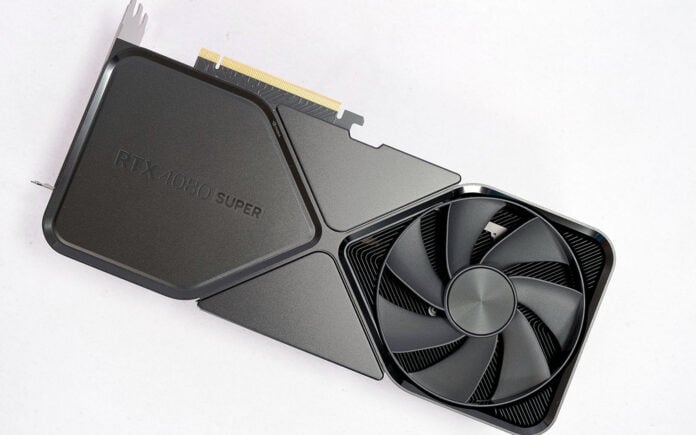And then there were three. Nvidia’s trilogy of new RTX 40 Series Super graphics cards is complete. RTX 4080 Super officially arrives today, hot on the heels of RTX 4070 Ti Super and RTX 4070 Super in recent weeks. Plenty of excitement for the budding PC gamer, but as is often the case with trilogies, a saga that began with huge intrigue is now petering out.
That’s the viewpoint of performance aficionados, as RTX 4080 Super receives the smallest specification bump of all three Super models. This is a job for the Club386 Table of Doom™.
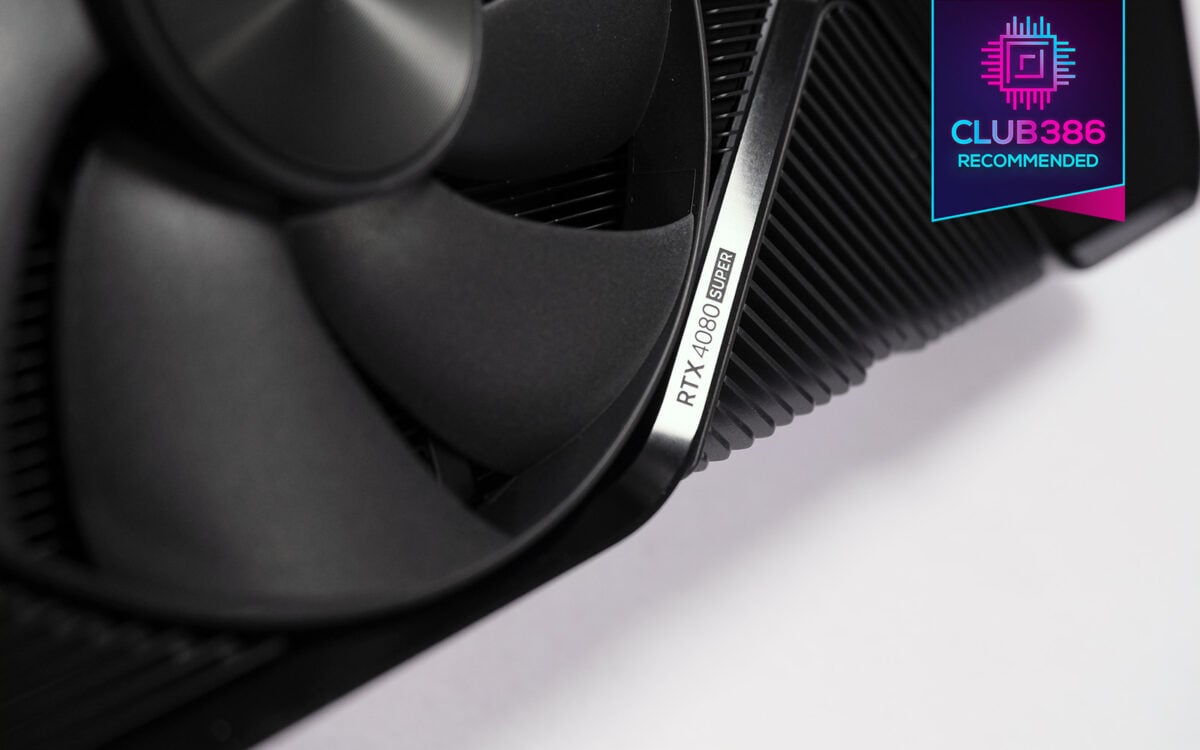
Nvidia GeForce RTX 4080 Super Founders Edition
£999 / $999
Pros
- New $999 price tag
- Excellent efficiency
- Outstanding build quality
- Primed for 2K120 or 4K60
- Groundbreaking DLSS 3
Cons
- Barely quicker than a 4080
- It’s still huge
Club386 may earn an affiliate commission when you purchase products through links on our site.
How we test and review products.
You can see the conundrum below. Nvidia’s two options for an RTX 4080 Super are a trimmed-down AD102 or a full implementation of AD103. The former is far from ideal as the costly 608.5mm2 die remains the preserve of hair-raising RTX 4090. Full-fat AD103 is, therefore, a preferred path, yet while easier to achieve, the performance uplift is minimal at best.
| GeForce RTX | 4090 | 4080 Super | 4080 | 4070 Ti Super | 4070 Ti | 4070 Super | 4070 |
|---|---|---|---|---|---|---|---|
| Launch date | Oct 2022 | Jan 2024 | Nov 2022 | Jan 2024 | Jan 2023 | Jan 2024 | Apr 2023 |
| Codename | AD102 | AD103 | AD103 | AD103 | AD104 | AD104 | AD104 |
| Process (nm) | 4 | 4 | 4 | 4 | 4 | 4 | 4 |
| Transistors (bn) | 76.3 | 45.9 | 45.9 | 45.9 | 35.8 | 35.8 | 35.8 |
| Die size (mm2) | 608.5 | 378.6 | 378.6 | 378.6 | 294.5 | 294.5 | 294.5 |
| SMs | 128 of 144 | 80 of 80 | 76 of 80 | 66 of 80 | 60 of 60 | 56 of 60 | 46 of 60 |
| CUDA cores | 16,384 | 10,240 | 9,728 | 8,448 | 7,680 | 7,168 | 5,888 |
| Boost clock (MHz) | 2,520 | 2,550 | 2,505 | 2,610 | 2,610 | 2,475 | 2,475 |
| Peak FP32 TFLOPS | 82.6 | 52 | 48.7 | 44 | 40.1 | 36 | 29.1 |
| RT cores | 128 | 80 | 76 | 66 | 60 | 56 | 46 |
| RT TFLOPS | 191 | 121 | 112.7 | 102 | 92.7 | 82.1 | 67.4 |
| Tensor cores | 512 | 320 | 304 | 264 | 240 | 224 | 184 |
| ROPs | 176 | 112 | 112 | 96 | 80 | 80 | 64 |
| Texture units | 512 | 320 | 304 | 264 | 240 | 224 | 184 |
| Memory size (GB) | 24 | 16 | 16 | 16 | 12 | 12 | 12 |
| Memory type | GDDR6X | GDDR6X | GDDR6X | GDDR6X | GDDR6X | GDDR6X | GDDR6X |
| Memory bus (bits) | 384 | 256 | 256 | 256 | 192 | 192 | 192 |
| Memory clock (Gbps) | 21 | 23 | 22.4 | 21 | 21 | 21 | 21 |
| Bandwidth (GB/s) | 1,008 | 736 | 717 | 672 | 504 | 504 | 504 |
| L2 cache (MB) | 72 | 64 | 64 | 48 | 48 | 48 | 36 |
| PCIe interface | 4.0 x16 | 4.0 x16 | 4.0 x16 | 4.0 x16 | 4.0 x16 | 4.0 x16 | 4.0 x16 |
| Power (watts) | 450 | 320 | 320 | 285 | 285 | 220 | 200 |
| Founders Edition | Yes | Yes | Yes | No | No | Yes | Yes |
| Launch MSRP ($) | 1,599 | 999 | 1,199 | 799 | 799 | 599 | 599 |
| Current MSRP ($) | 1,599 | 999 | EOL | 799 | EOL | 599 | 549 |
We’re looking at four further SMs, translating to a mere 5% bump in cores. Nvidia has also nudged the boost clock ahead to the tune of less than 2% in order to help speed things along, and the same 16GB memory jumps from 22.4Gbps to 23Gbps. Not a lot to write home about thus far, though it does make you wonder about the possibilities. In an alternate reality, a cut-down AD102 with, say, 96 of 144 SMs would enable a fascinating RTX 4080 Super. And while we’re at it, where’s our full-fat RTX 4090 Super?
Easy Does It
This is Nvidia playing it safe, and today’s latest addition isn’t really about boosting the performance profile. Rather, RTX 4080 Super wants to steer gamers away from rival Radeon RX 7900 XTX and arrives with an AMD-matching $999 / £959 launch price.
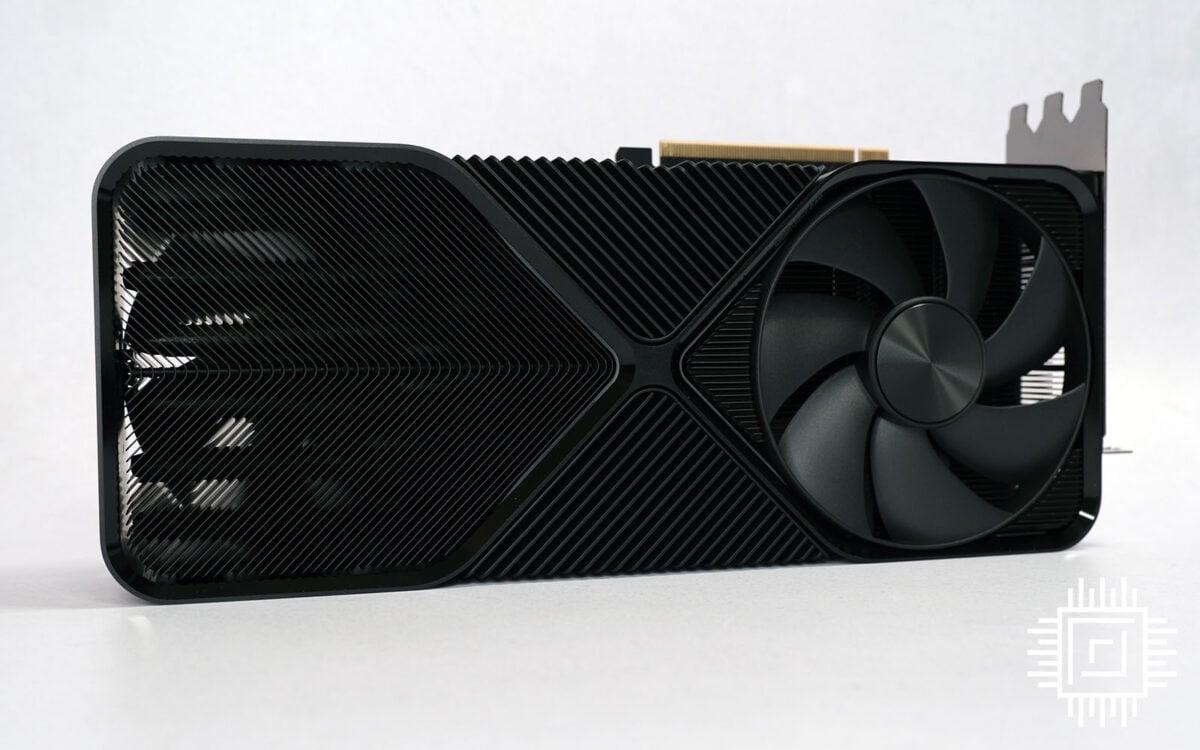
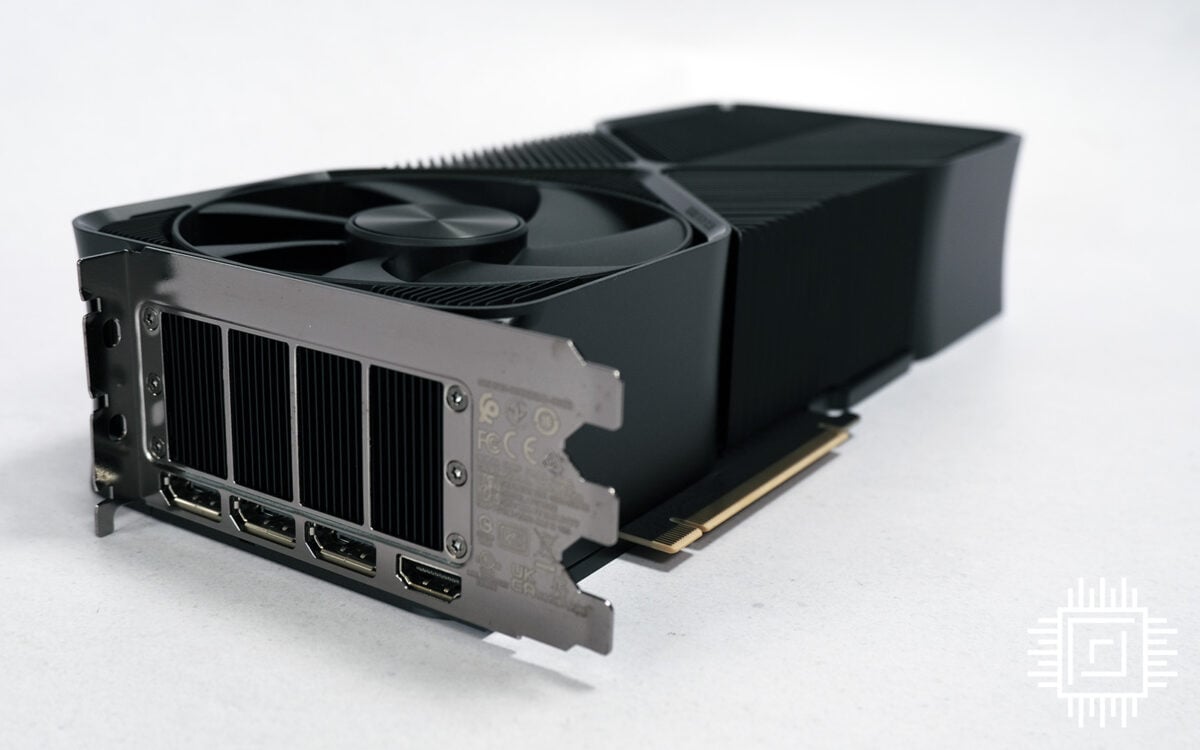
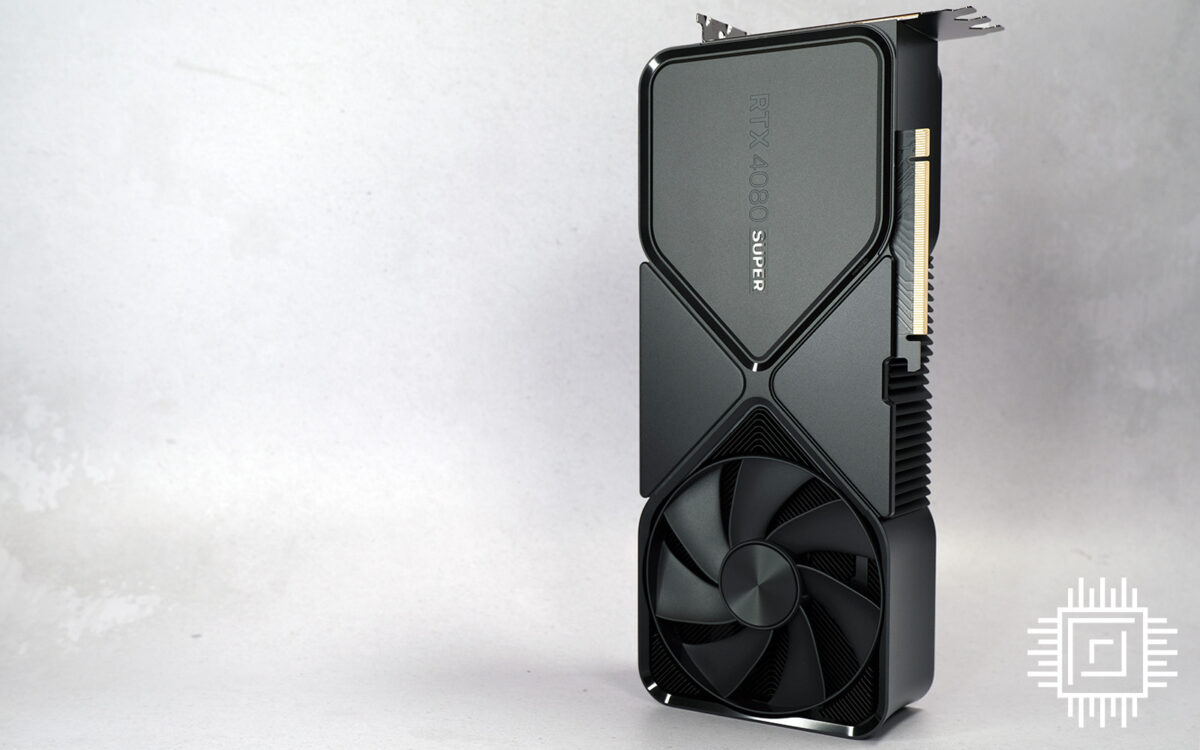
Without giving too much away prior to the benchmarks, that price tag is the primary talking point. The level of performance Nvidia previously offered at $1,199 is now available for $200 less. Given the positioning of new Super cards, it’s no surprise that regular RTX 4080 and RTX 4070 Ti are both end-of-life, effective immediately. Going forward, five models will make up the high-end RTX 40 Series stack, ranging from $549 to $1,599.
As before, there are myriads of custom RTX 4080 Super partner cards, as well as a sought-after Founders Edition. In keeping with Nvidia’s Super aesthetic, the lush FE design is given an all-black makeover. The darker, moodier theme is even more intimidating on a card of this stature as dimensions remain at 304mm x 137mm. You forget just how big this hulking triple-slot beastie actually is and need to see it alongside an x70 Series card to appreciate the gulf.
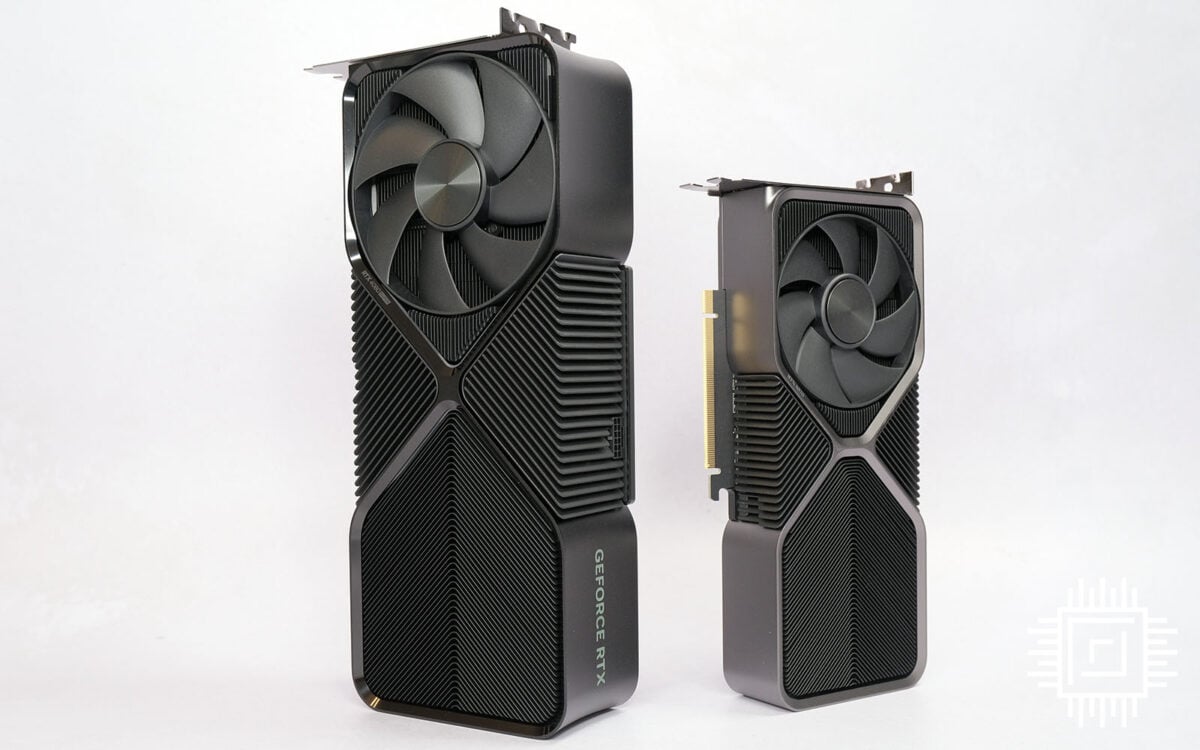
It’s a monster alright, but if I had to choose a model purely on size and looks alone, I’d lean toward RTX 4070 Super. That Founders Edition is a near-perfect, dual-slot profile and about the limit for a small-form-factor build. RTX 4080 Super, in pretty much any guise, is going to require a whole lot more room inside the chassis.
Cooling hasn’t changed – Nvidia’s ‘Dual Axial Flow Through’ configuration will make light work of temperatures – and neither have power requirements. The familiar 12VHPWR connector isn’t going anywhere, but having a compatible power supply does help in the cable management department. Go without and you’ll have to make do with the 3×8-pin splitter included in the box, which is far from elegant. And do note Nvidia recommends a minimum 750W PSU.
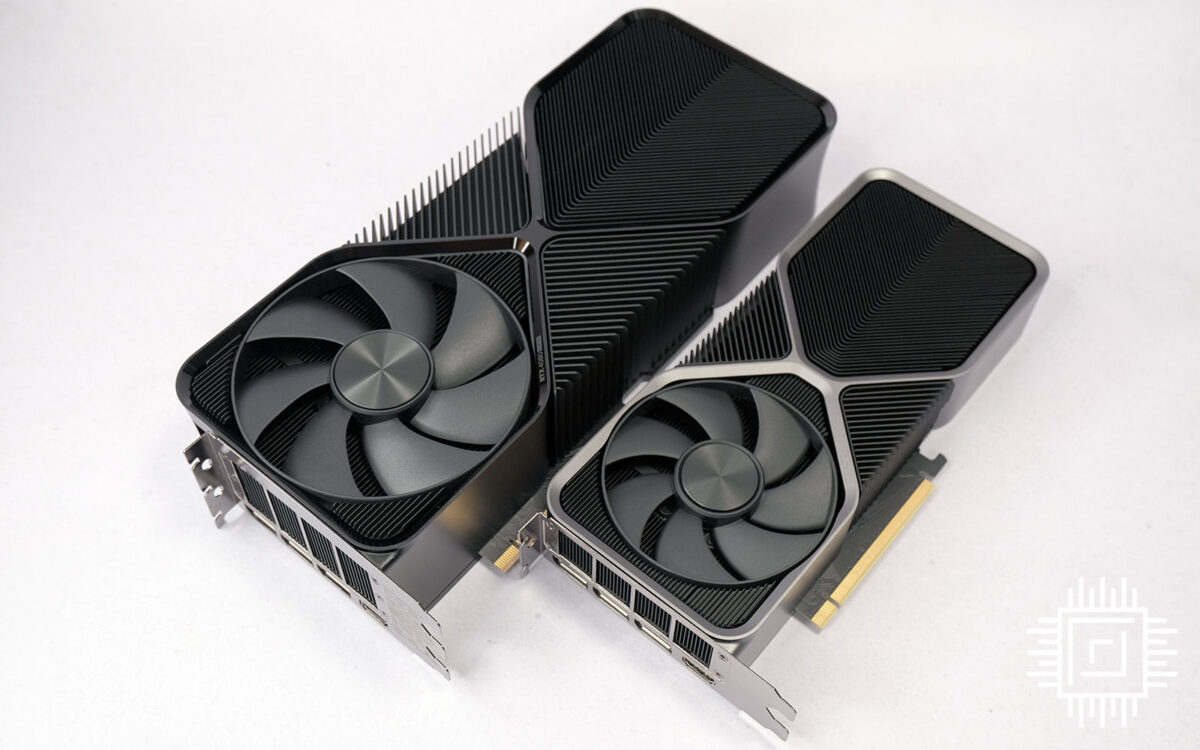
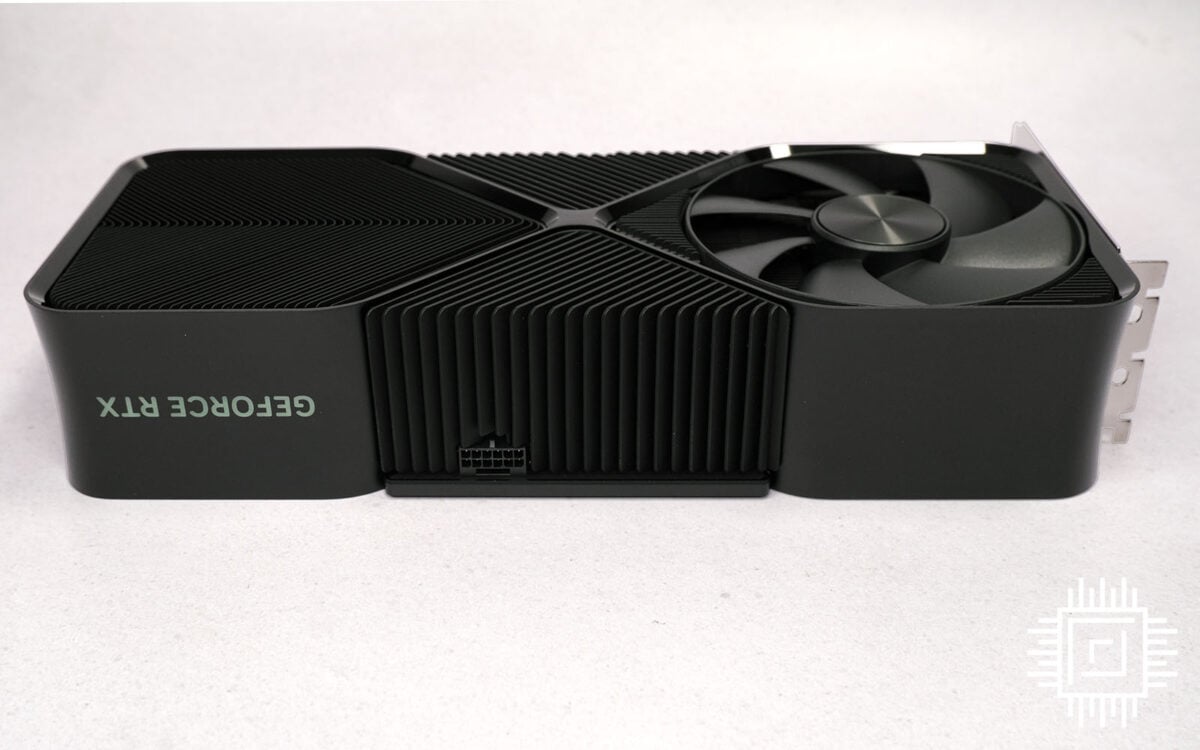
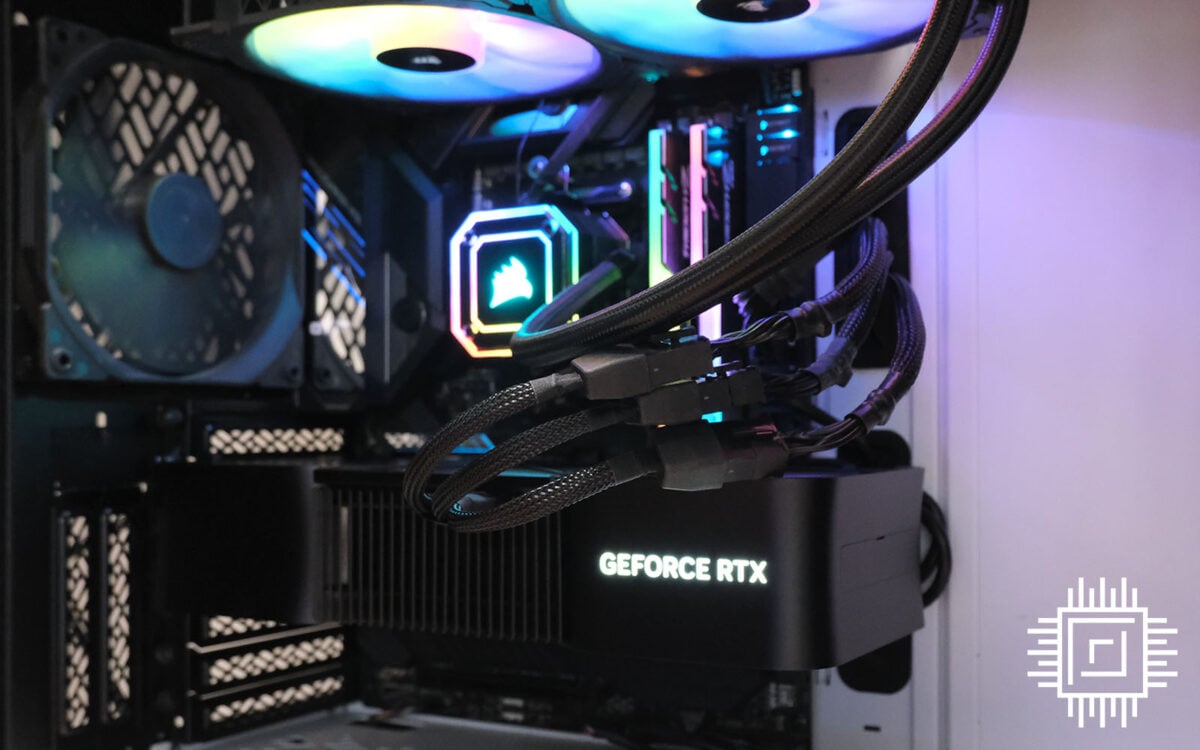
Display outputs go unchanged with three DisplayPort 1.4 and a single HDMI 2.1. You’re good to go for native 4K120 or 4K144, respectively, however you will need to add Display Stream Compression (DSC) to hit the heights of 4K240.
Alright, let’s cut to the chase: who’s ready to see an itty-bitty, teeny-tiny performance uptick? On to the benchmarks.
Performance
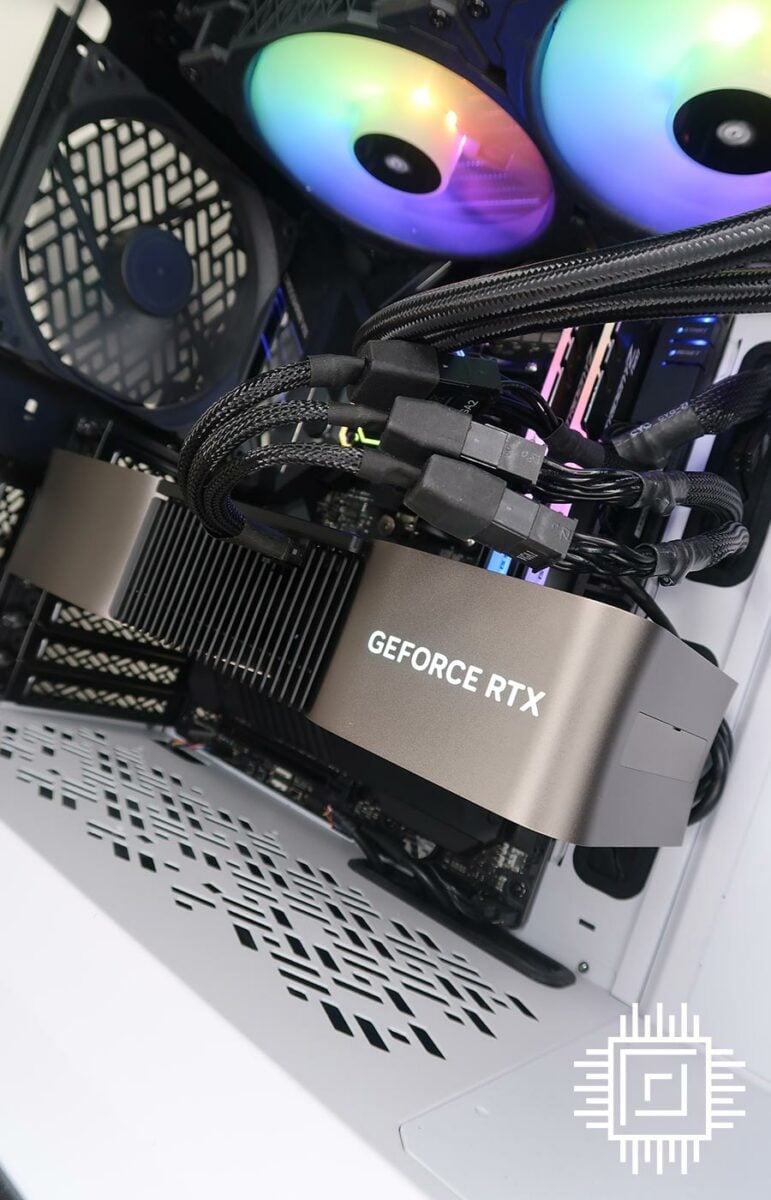
Our 5950X Test PCs
Club386 carefully chooses each component in a test bench to best suit the review at hand. When you view our benchmarks, you’re not just getting an opinion, but the results of rigorous testing carried out using hardware we trust.
Shop Club386 test platform components:
CPU: AMD Ryzen 9 5950X
Motherboard: Asus ROG X570 Crosshair VIII Formula
Cooler: Corsair Hydro Series H150i Pro RGB
Memory: 32GB G.Skill Trident Z Neo DDR4
Storage: 2TB Corsair MP600 SSD
PSU: be quiet! Straight Power 11 Platinum 1300W
Chassis: Fractal Design Define 7 Clear TG
Side note: with a tear in our eye, we’re getting ready to retire our trusty AM4 test platforms. They’ve served us well, but 2024 successors are on the way! RTX 4080 Super may well be the last graphics card we test on this build.
3DMark




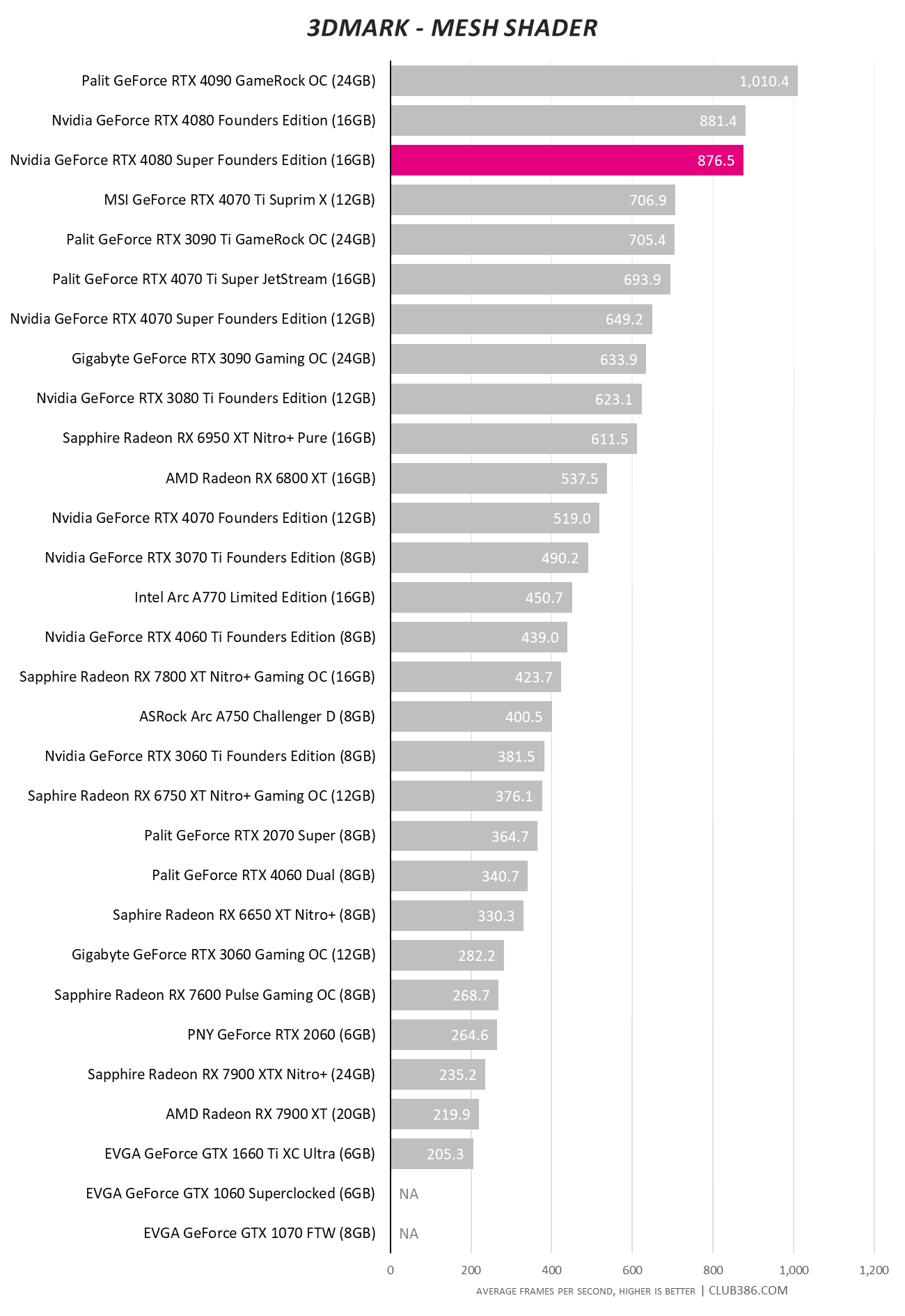
Did you expect anything different? Given specification similarities, the synthetic performance between RTX 4080 and RTX 4080 Super is practically identical. The latter really could have been branded RTX 4080 Cheaper, but that doesn’t sound half as good.
Gaming
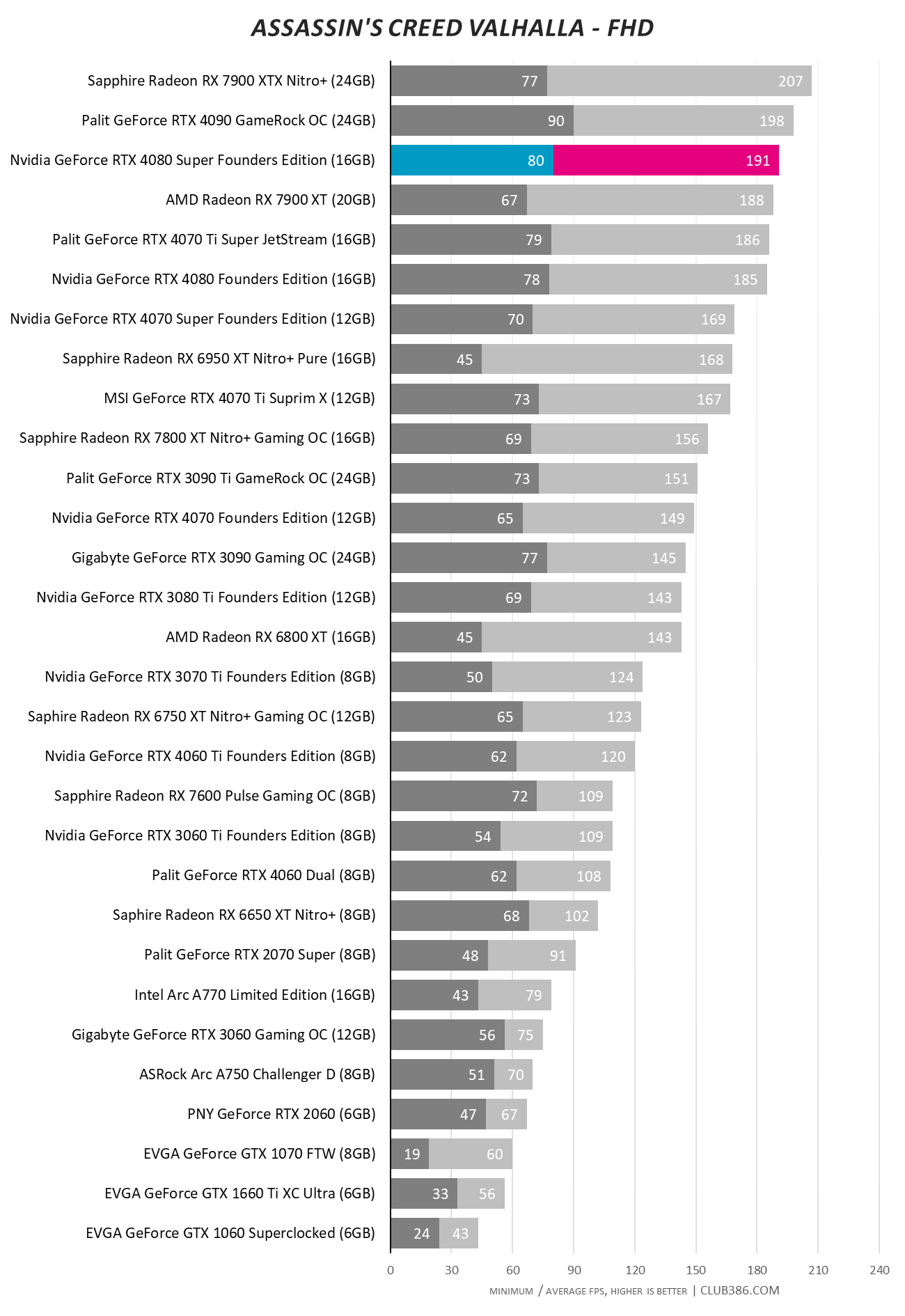
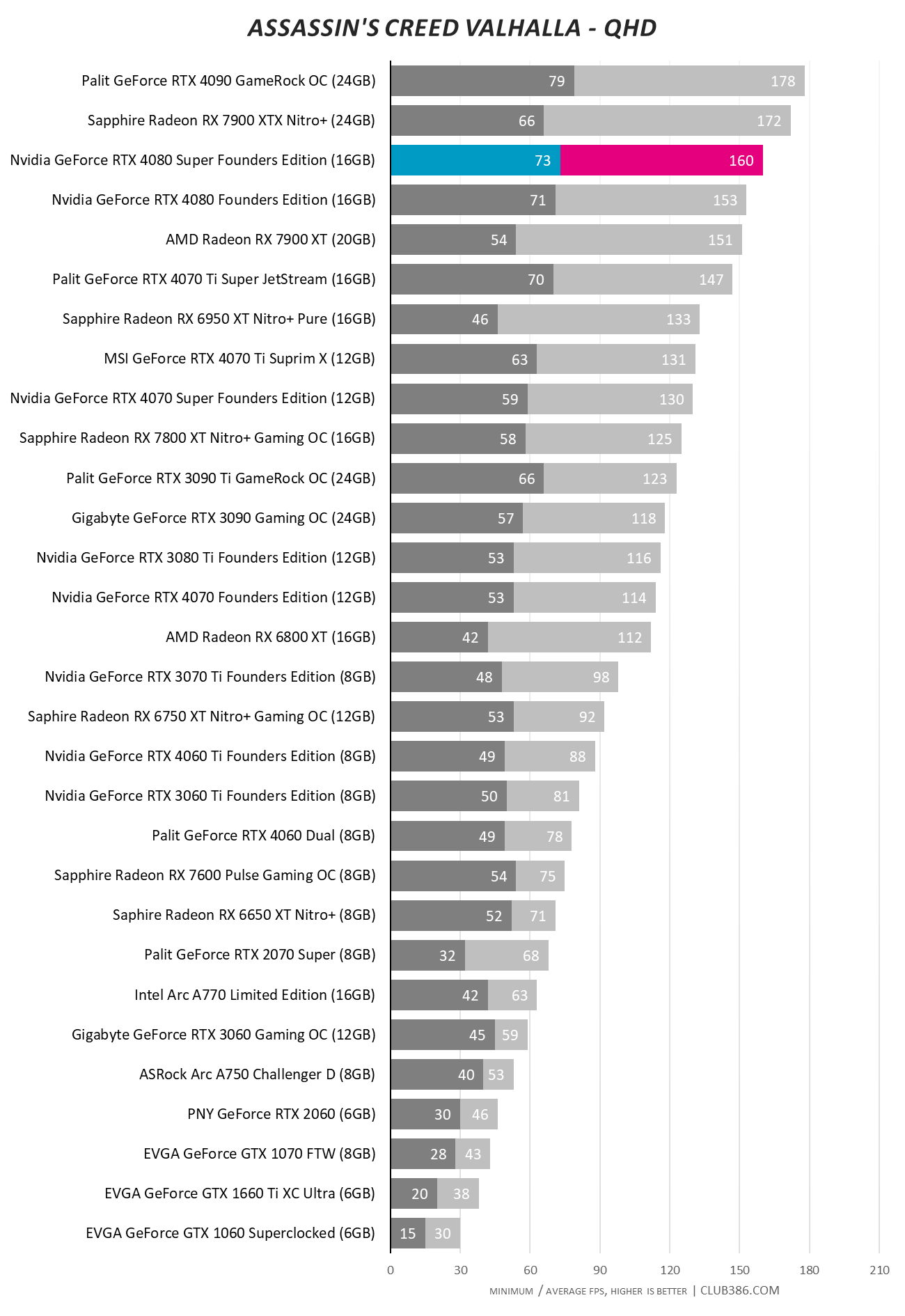
The very latest press driver for RTX Super reviews injects a small uplift, but this is the exception rather than the rule. More importantly, in terms of pure rasterisation, RTX 4080 Super will trade places with RX 7900 XTX from one title to another. They’re closed matched at $999.

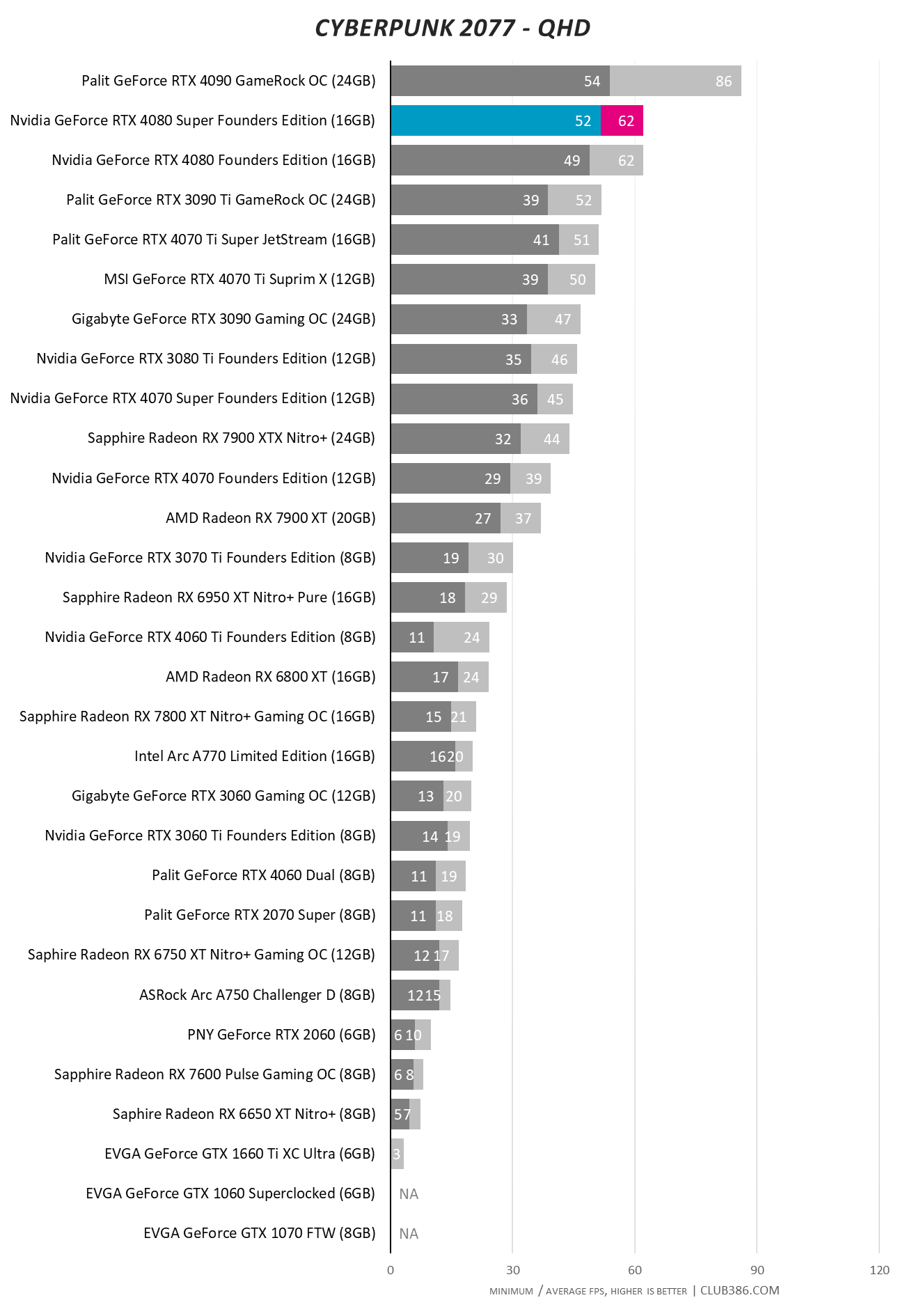
In most instances, RTX 4080 Super is barely quicker than RTX 4080 and remains a ways off RTX 4090. Nevertheless, adding raytracing to the mix is the surest way to open up a lead over the competition. Nvidia’s top Super card pulls away from similarly priced Radeon RX 7900 XTX in Cyberpunk 2077 at higher resolutions.
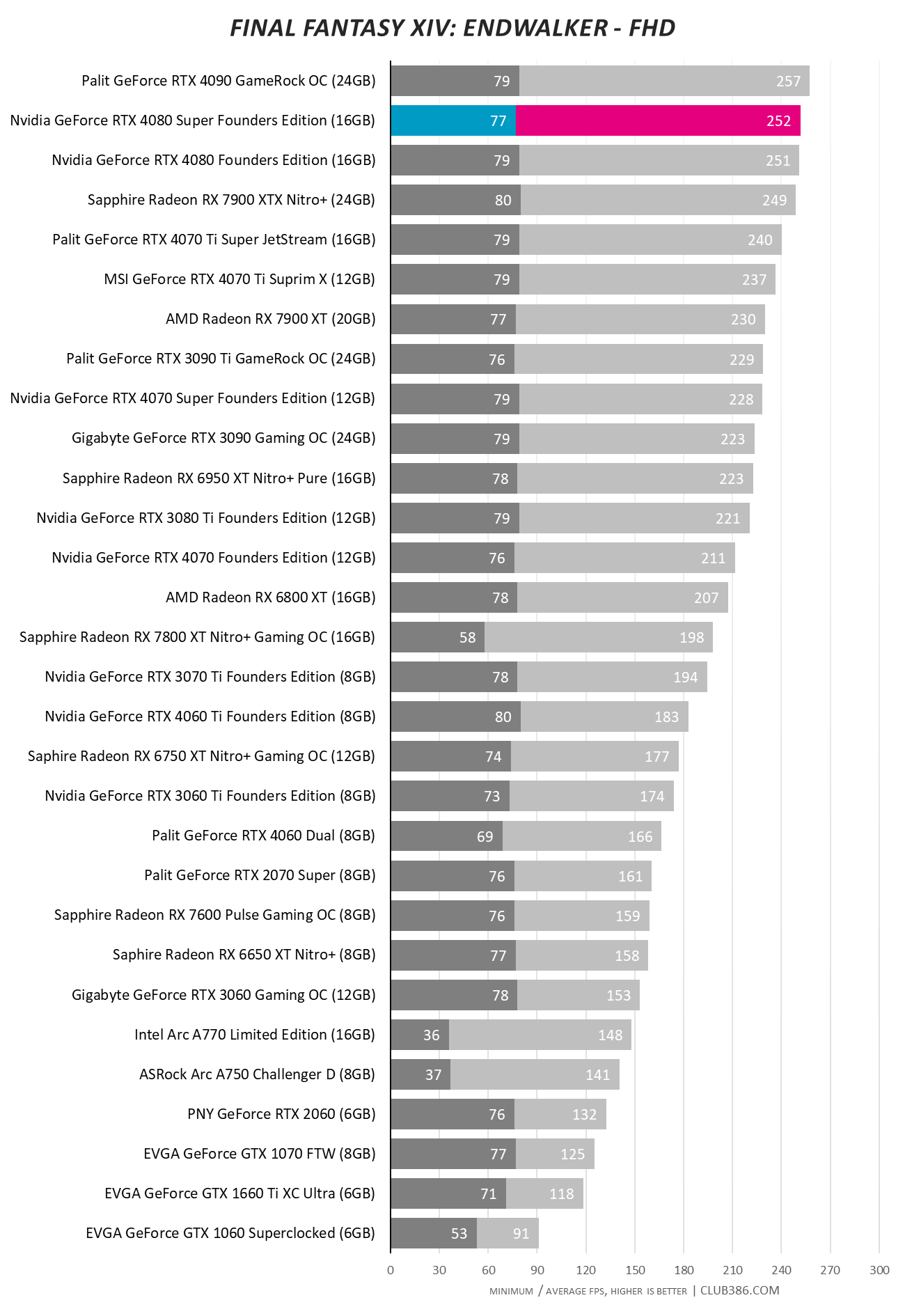

Was there really a need for a whole new GPU, or would a price cut on the existing RTX 4080 have sufficed? Horses for courses. We can test another dozen games and come to the same conclusion: performance has barely moved. What has shifted is the price tag, and Nvidia’s argument is ultimately more convincing as there’s no better GPU at $999.
High-refresh QHD gameplay is a natural fit, yet as with RTX 4080 before it, the Super model has enough grunt to power through 4K in most titles. Assassin’s Creed Valhalla managed an average 105 frames per second at 3840×2160, while Final Fantasy returned 140. The outlier, Cyberpunk 2077, could muster only 30fps with ultra raytracing settings, but of course, Nvidia has an answer to that.
DLSS 3
It wouldn’t be an RTX 40 Series review without mentioning DLSS, which, in fairness, is growing all the more impressive with each iteration. The promise of both upscaling and frame generation is genuine and, when implemented correctly, leads to huge performance gains with barely any discernible impact on visual fidelity. Cyberpunk 2077 is a fine example of a developer getting it right.
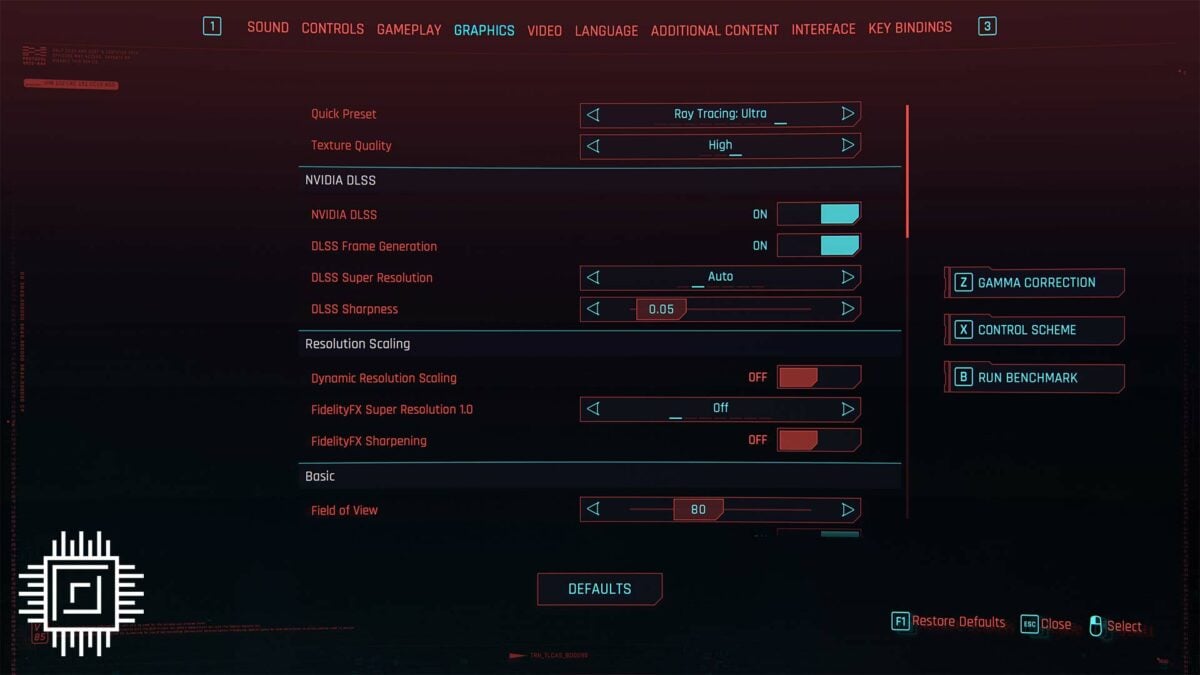
Granular options provide plenty of choice. Remember, Super Resolution provides a choice of upscaling settings; Performance works its magic on a 1920×1080 render, Balanced works at 2227×1253, and Quality upscales from 2560×1440. On top of that, you can enable Frame Generation with the flick of a switch to insert a synthesised frame between two rendered. The end result, in plain English, is a frame rate boost like no other.
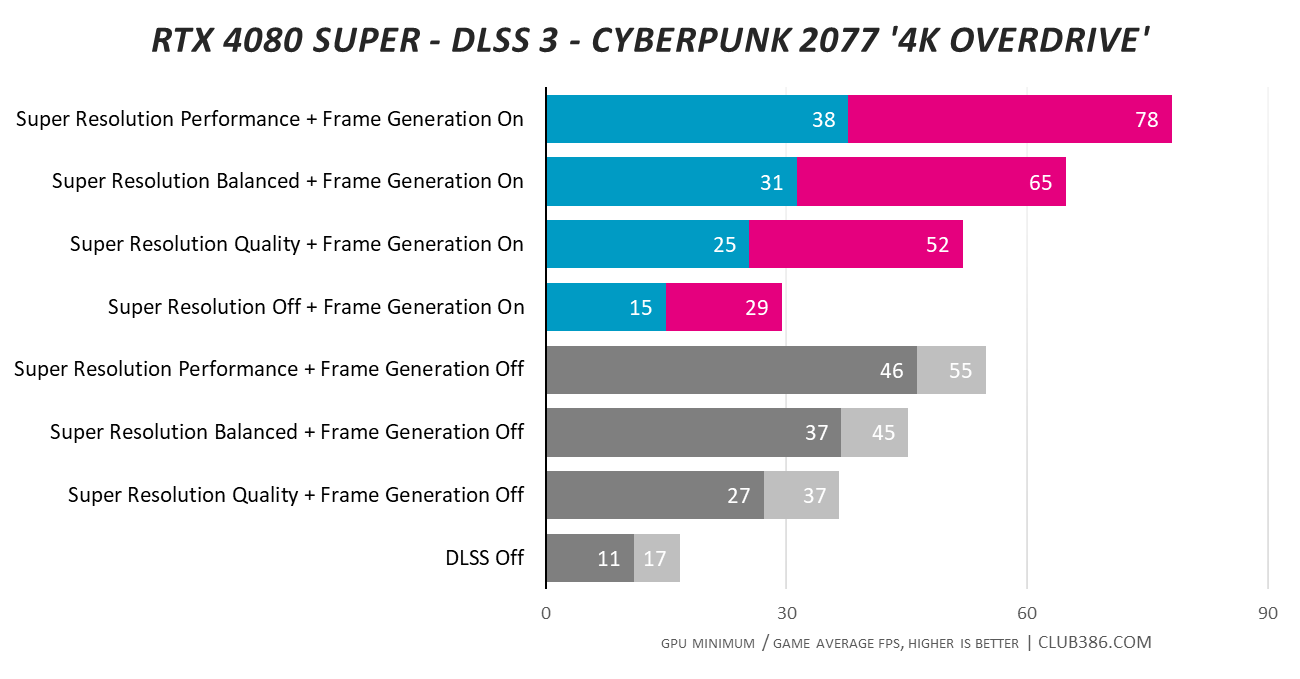
Given RTX 4080 Super’s might, we’ve cranked in-game settings up to Overdrive, bringing full raytracing (also known as path tracing) into the equation. The game has never looked better, however the hit on framerate is unmistakeable. Without DLSS, RTX 4080 Super delivers a stuttering 17 frames per second.
The DLSS 3 combo of upscaling and frame generation derives astonishing gains, transforming the gameplay experience from unplayable to silky smooth. You have to see it to believe it.
Efficiency

That itty-bitty bump in performance is mirrored in a teeny-weeny increase in system-wide power consumption.

We’re fans of the all-black Super aesthetic, and real-world cooling performance hasn’t changed. That’s to say, it’s still excellent, with temperature keeping at or around 60°C when gaming.

A cooler of this magnitude is naturally able to run quiet. Fan speed rarely exceeds 1,200RPM (35%) when gaming.
Relative Performance
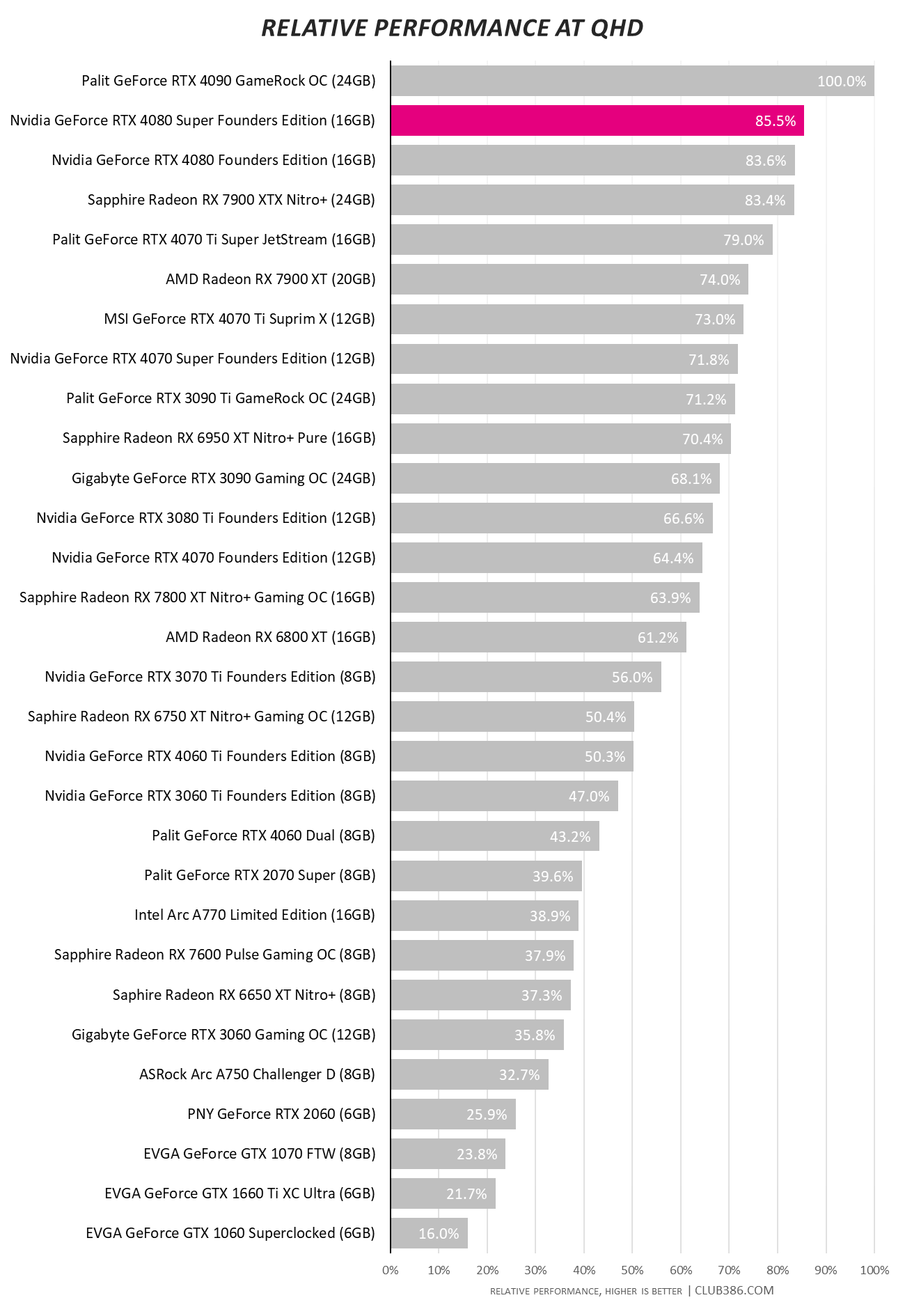
Nothing to see here, folks. Evaluating relative performance across a handful of benchmarked games reveals RTX 4080 Super is fractionally quicker than RTX 4080 regular. Who would have guessed?

A little more performance at the expense of a little extra power consumption puts us back at square one as far as efficiency is concerned. Still, RTX 40 Series Super is exemplary across the board in this department.
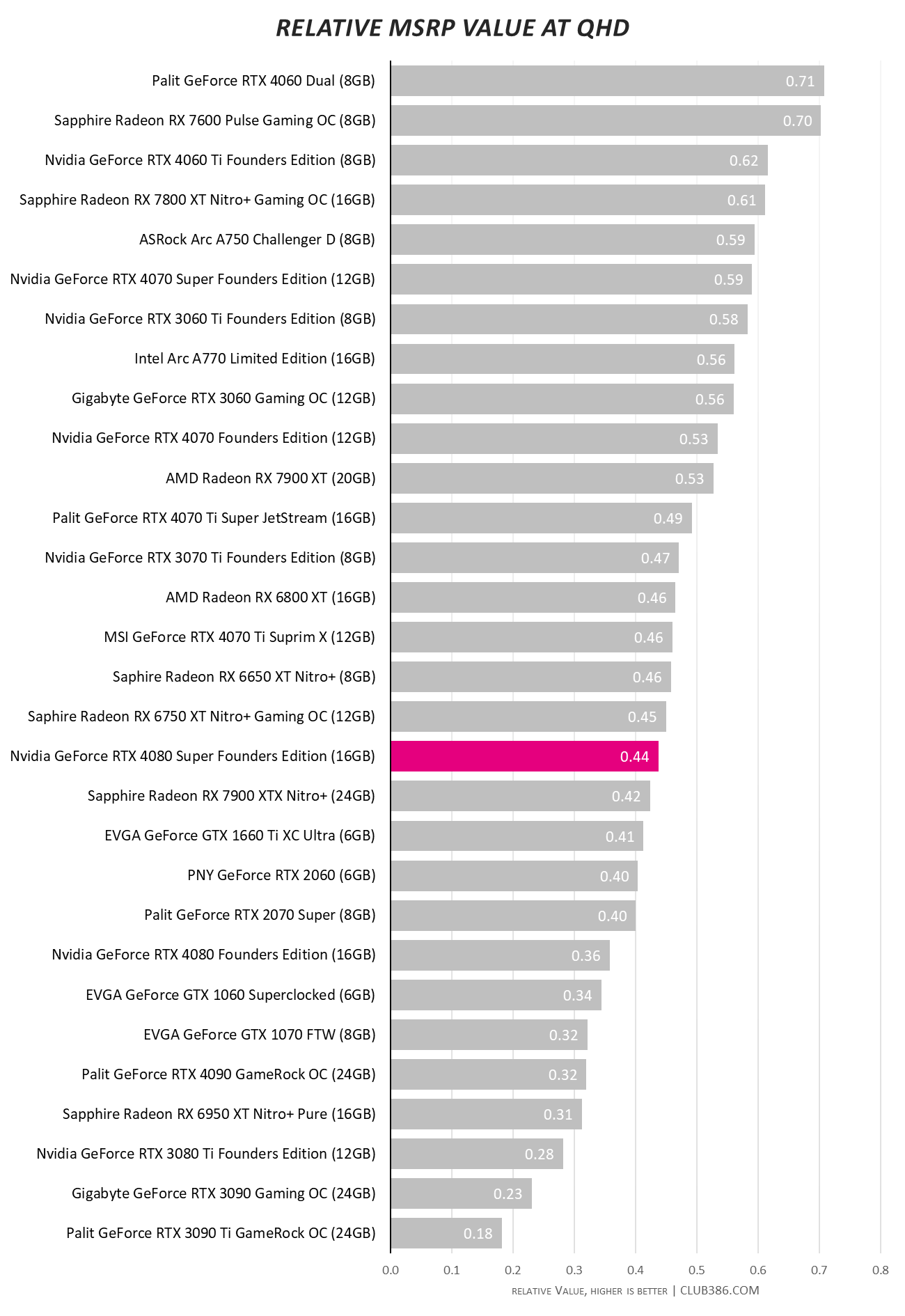
Here’s where things get interesting. Dividing the average framerate by each GPU’s launch MSRP is a perfect indicator of Nvidia’s strategy. RTX 4080 Super at $999 is dragged up the chart, just high enough to overcome RX 7900 XTX. Convenient.
Overclocking
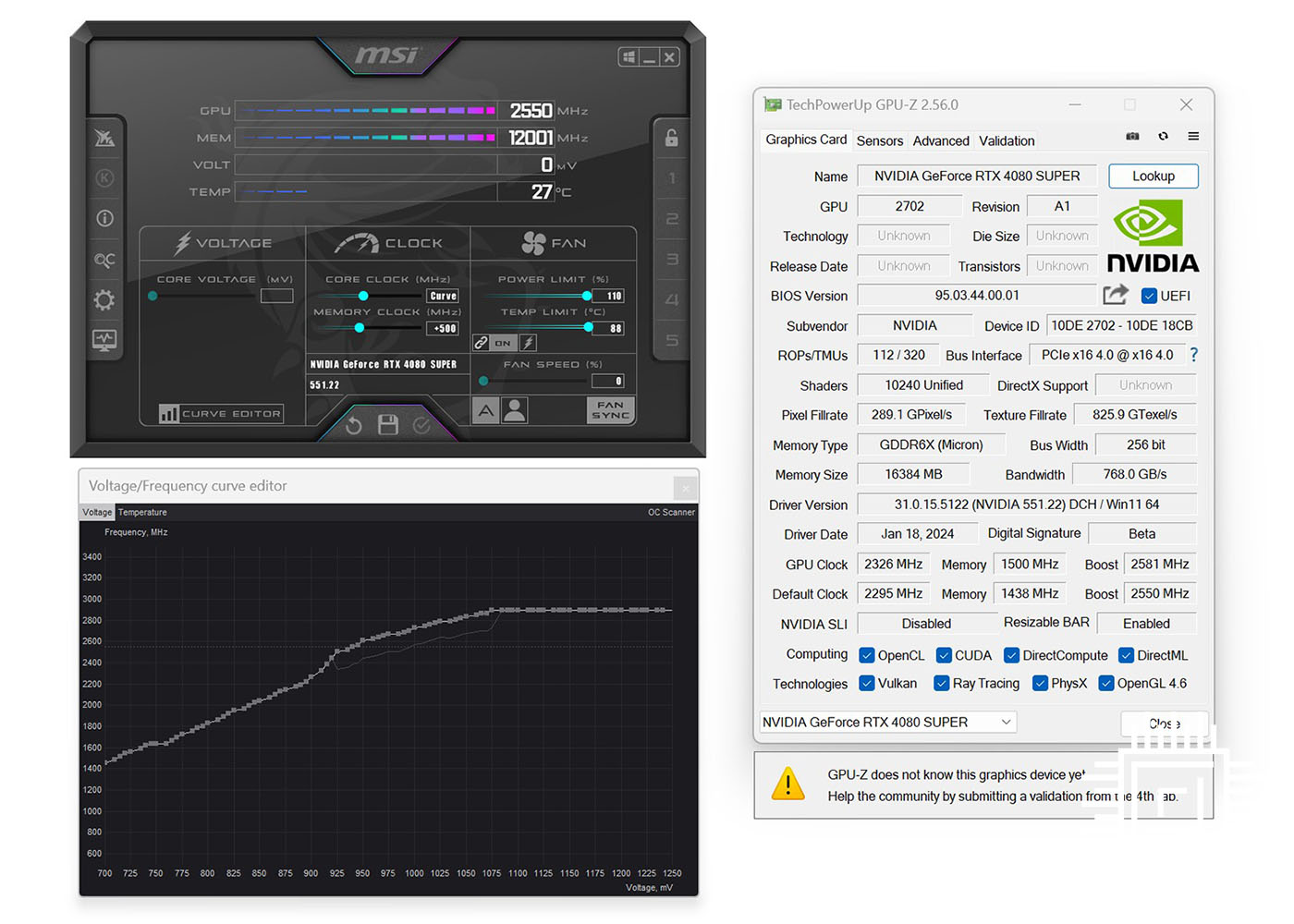
Eco-conscious gamers will find RTX 4080 Super to be a good fit, but so too will those who like to tinker. Memory has no trouble scaling to 24Gbps and even a simple scanner will identify a healthy overclocked curve. Using MSI Afterburner, in-game frequency climbed from 2,745MHz to 2,910MHz. The 3GHz barrier is begging to be breached.
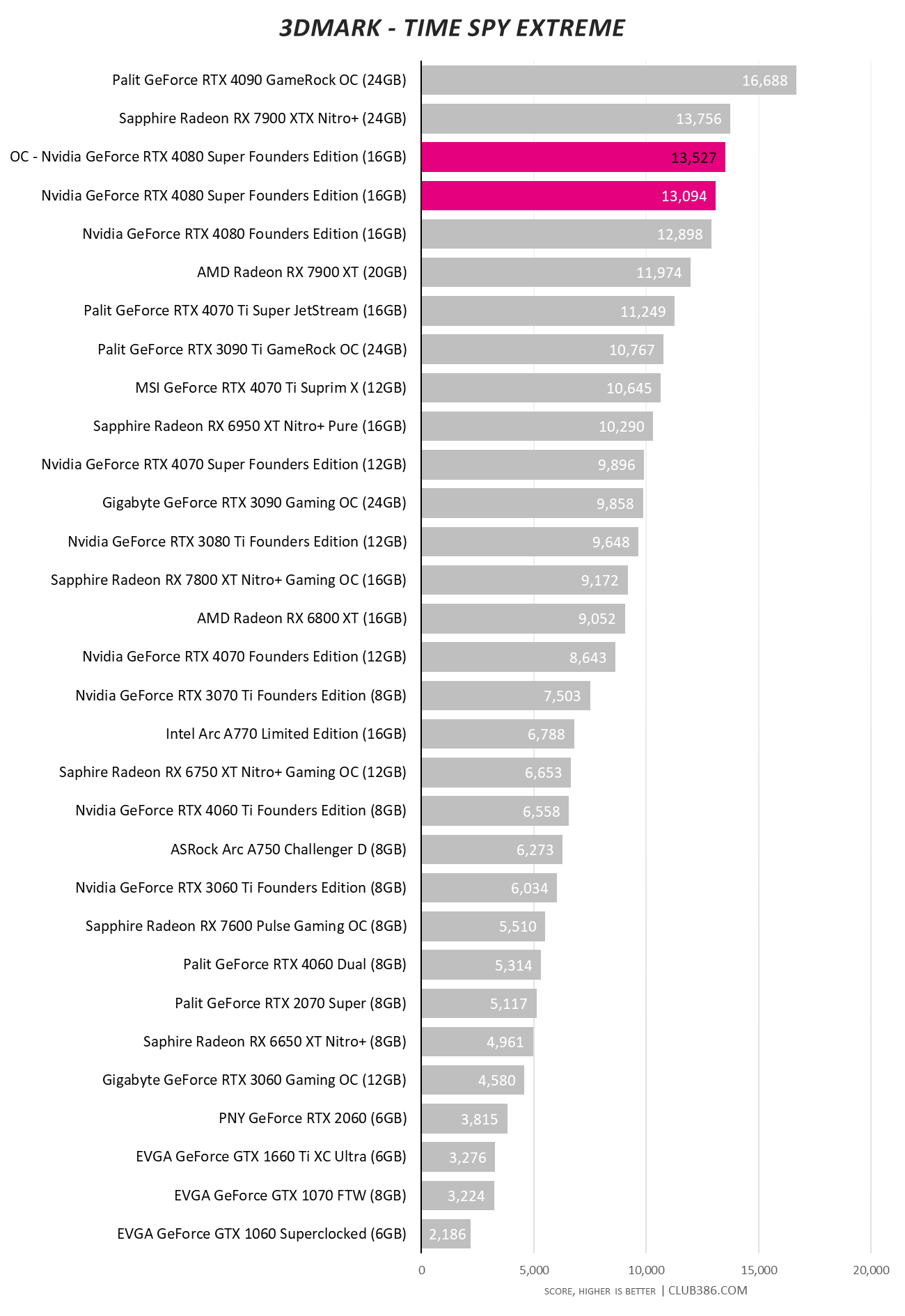

You won’t get anywhere near RTX 4090 – Nvidia’s top dog is in another league entirely – but there’s enough headroom for a few extra frames here or there.
Conclusion
The winner of strangest RTX 40 Series graphics card goes to RTX 4080 Super. Barely any quicker than its predecessor, it is, for all intents and purposes, an RTX 4080 at a lower fee. Whether or not that warrants an entirely new SKU is open to interpretation, and there are two sides to this coin.
For performance enthusiasts, RTX 4080 Super represents a missed opportunity to fill the chasm that exists between Nvidia’s top two GPUs. On the other hand, while more performance this late in the RTX 40 Series generation would have been sweet, a 17% price drop is arguably even sweeter.
Doing just enough to see off the competition, Nvidia has effortlessly cemented its position in the high-end segment. RTX 4090 continues to go unchallenged, and now RTX 4080 Super waltzes in as the best $999 GPU going.
Verdict: the best GPU for $1,199 is now the best GPU for under a grand.

